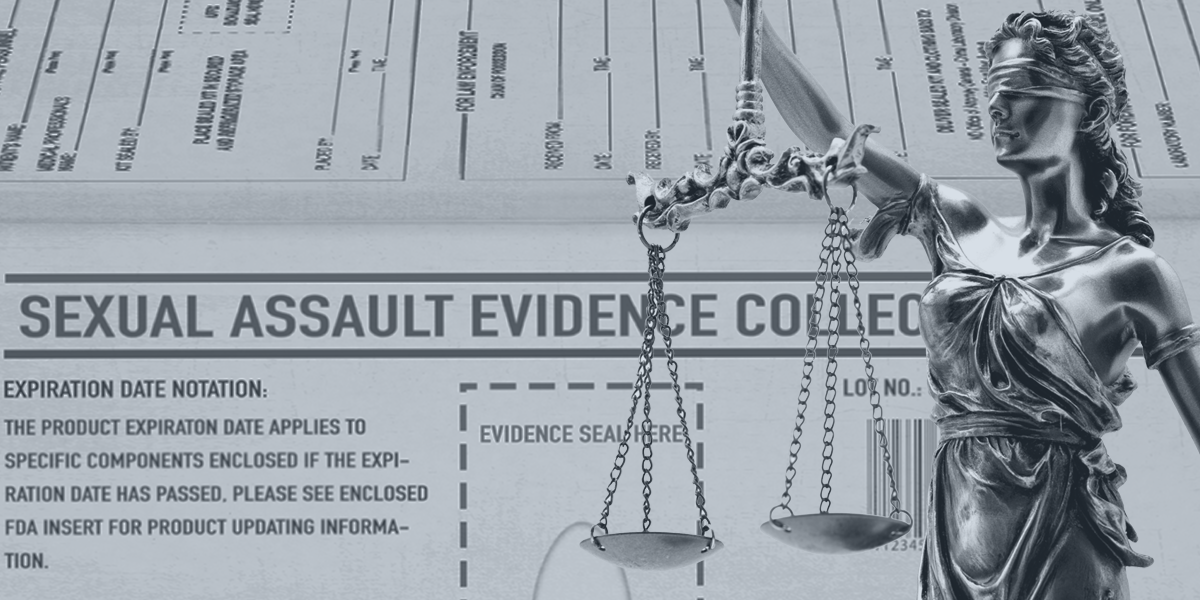Overview:
The Importance of Touch DNA Evidence in Sexual Assault Groping Cases video series is presented by Dr. Julie Valentine and Heather Mills as a companion to the Journal of Forensic Nursing article entitled "Evidence Collection and Analysis for Touch DNA in Groping and Sexual Assault Cases."
This three-part video series aims to introduce viewers to the significance of touch DNA evidence collection and analysis. Touch DNA is defined for this series as DNA profiles developed from sloughed skin or epithelial cells when an item or person is touched. The presenters will then provide guidance for practices that can enhance evidence collection and the processing of touch DNA samples.
The video series also highlights the importance of collaboration between forensic nurses, medical providers, and law enforcement to establish collaborative best practice guidelines in addressing evidence collection and analysis in sexual assault cases.
Presenters:
Dr. Julie Valentine is an Associate Professor at Brigham Young University College of Nursing, a forensic nurse researcher, and certified sexual assault nurse examiner in Provo, Utah.
Heather Mills is the forensic scientist manager at the Utah Bureau of Forensic Services.
Audience:
Forensic examiners, forensic laboratory personnel, policymakers, law enforcement officials, researchers, and other experts
DNA Evidence in Groping Sexual Assault Cases Related Webinars
Video 1: Background On Touch DNA
With the advent of more sensitive DNA analysis methods, the presence of bodily fluids is not necessarily required to develop assailants’ DNA profiles. These more sensitive analysis methods now allow DNA profiles to be developed from touch DNA. The first video in this series introduces the importance of touch DNA evidence collection and analysis for groping cases.
Video 1 Related Resources - Click to View
Video 2: Enhancing Evidence Collection
This video focuses on the development and use of the State of Utah Touch DNA Form to provide guidance in evidence collection for touch DNA. Presenters highlight how important a multidisciplinary approach was when designing a practice for collecting touch DNA evidence. The form was developed following a groping sexual assault case in which Y-STR DNA profiles and a full STR DNA profile of the suspect were obtained from analysis of body and clothing swabs from a 2011 groping sexual assault case.
Video 2 Related Resources - Click to View
Video 3: Quality Processing of Touch DNA Samples
The final video of the series focuses on how laboratory procedures, validations of laboratory processes, and mixture interpretation guidelines can ensure quality processing of touch DNA samples and provide confident, reliable results and conclusions. The importance of knowing your equipment and how it functions with samples of all types is highlighted as a critical step in developing standard operating procedures for processing and interpreting DNA samples with low amounts of DNA.

